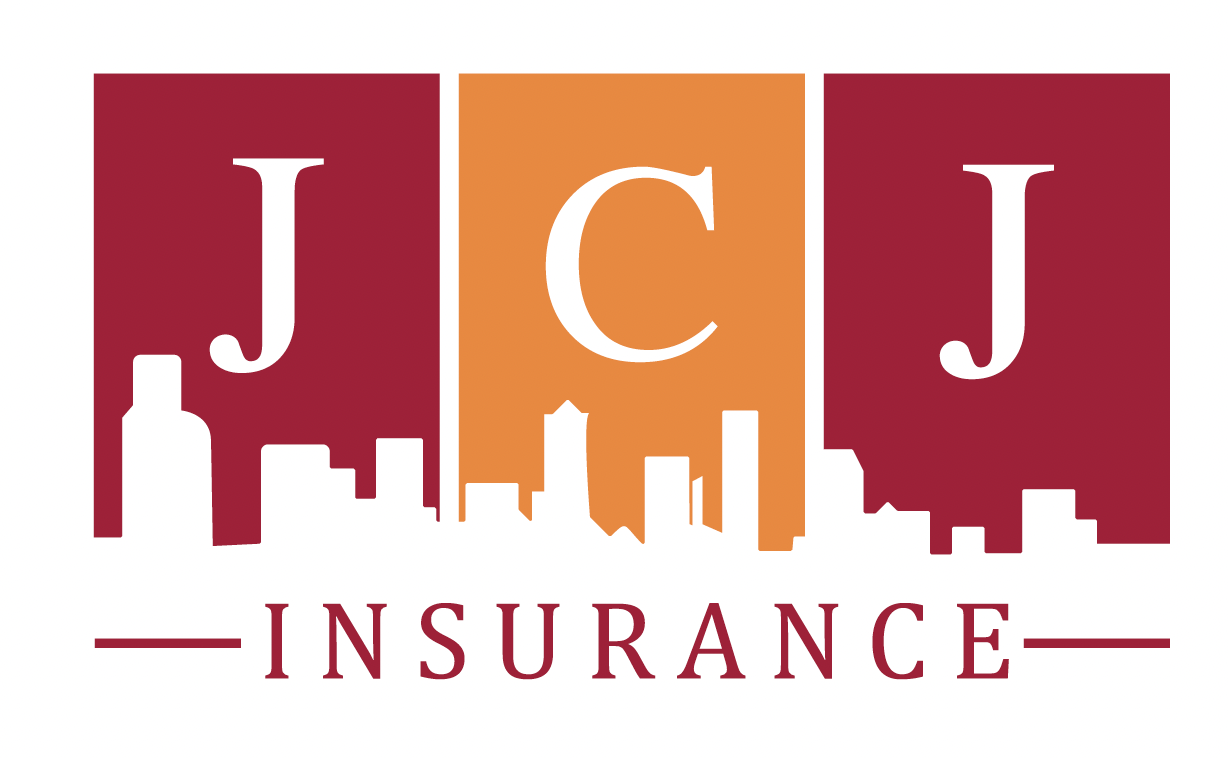By Mark Jackson
As we reach the halfway point of 2022, the design and construction industries continue to deal with supply chain issues. There is pressure on design firms due to a higher demand for materials, coupled with a world-wide shortage due to the on-going pandemic and shipping delays. Whether it’s the inability to get specific products or materials, or the increased cost of construction, design firms continue to have to address these challenges.
Supply chain and cost issues have increased the need and desire for value engineering and substitutions. Value engineering is not just “cost-cutting” and does not have to mean a reduction in quality. Most value engineering and substitutions are intended to bring value to a project. And, in the case of our current situation, expanded availability of alternative products. When the process works, the entire team benefits.
Unfortunately, value engineering and substitutions can be the source of claims when there is a problem on a project. When a project owner or contractor proposes value engineering, to either reduce cost or expedite the delivery of materials, the design professional will most likely be asked to review the changes. Design professionals assume a level of liability when reviewing requests for substitutions. You need to take the time to thoroughly review the suggested changes and document the decision-making process.
As we continue to navigate these unusual times, substitutions may be necessary for projects to progress. According to CLM Magazine, a poll from the Association General Contractors of America indicated that 88% of firms are experiencing project delays, and 93% are affected by rising material prices.[1] For your protection, we recommend that you address value engineering and substitutions when negotiating your contract with the owner. Here is sample language to consider adding to your contracts to protect your firm when the Owner insists on a substitution when you disagree with the proposed changes:
In the event the Owner chooses to accept and directs Architect to incorporate certain value engineering, value reduction, or material substitutions proposed by the Contractor, Owner’s consultants, or others for whom the Owner is responsible, and not the Architect, and in the exercise of its professional standard of care Architect reasonably has objected to Owner in writing concerning such direction, Architect shall not be liable for the inclusion of such items in the Construction Documents or Change Orders as directed by Owner.
For additional insight into the exposures design firms face with value engineering, we recommend reading the full CLM Magazine article entitled When Substitutions Go Wrong, Why value engineering can create potential liability instead of savings. We are also available to help your firm navigate the intricacies of contract language whenever the need arises.
[1] https://www.theclm.org/Magazine/articles/when-substitutions-go-wrong/2430
